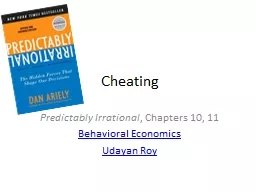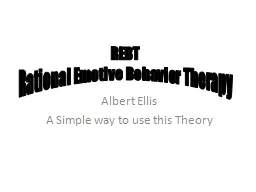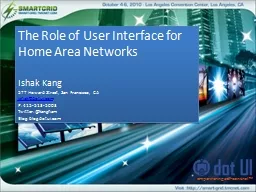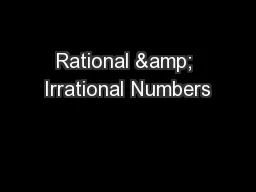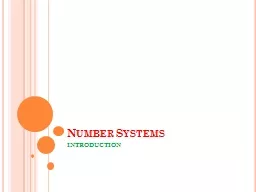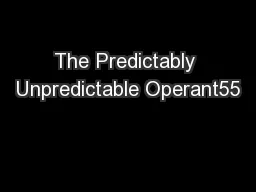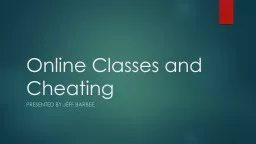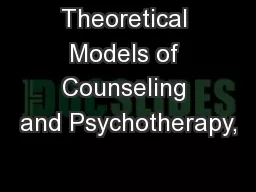PPT-Cheating Predictably Irrational
Author : olivia-moreira | Published Date : 2018-09-19
Chapters 10 11 Behavioral Economics Udayan Roy An experiment on Harvard Business School students Students were given a 50question multiplechoice quiz on Jeopardytype
Presentation Embed Code
Download Presentation
Download Presentation The PPT/PDF document "Cheating Predictably Irrational" is the property of its rightful owner. Permission is granted to download and print the materials on this website for personal, non-commercial use only, and to display it on your personal computer provided you do not modify the materials and that you retain all copyright notices contained in the materials. By downloading content from our website, you accept the terms of this agreement.
Cheating Predictably Irrational: Transcript
Download Rules Of Document
"Cheating Predictably Irrational"The content belongs to its owner. You may download and print it for personal use, without modification, and keep all copyright notices. By downloading, you agree to these terms.
Related Documents

